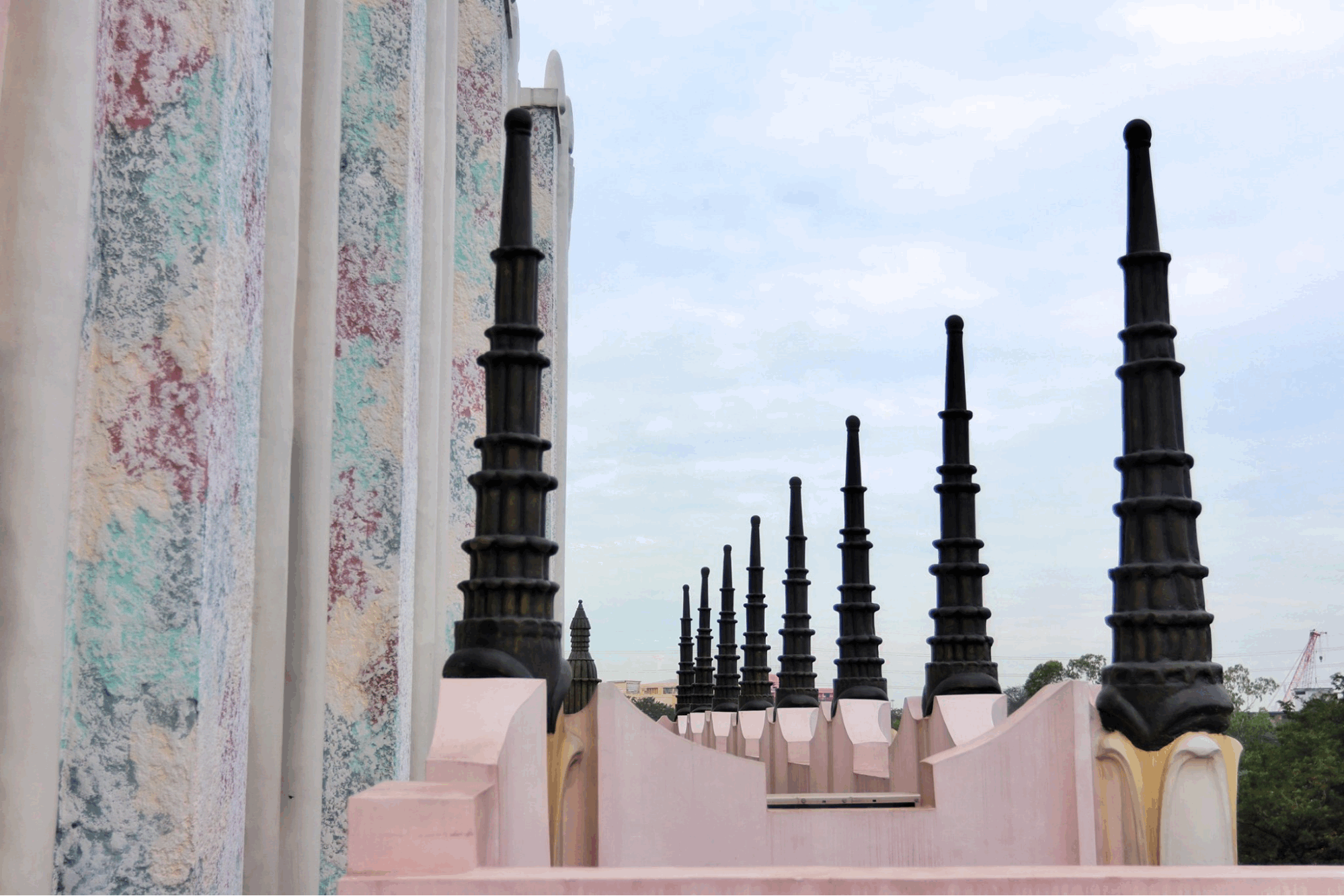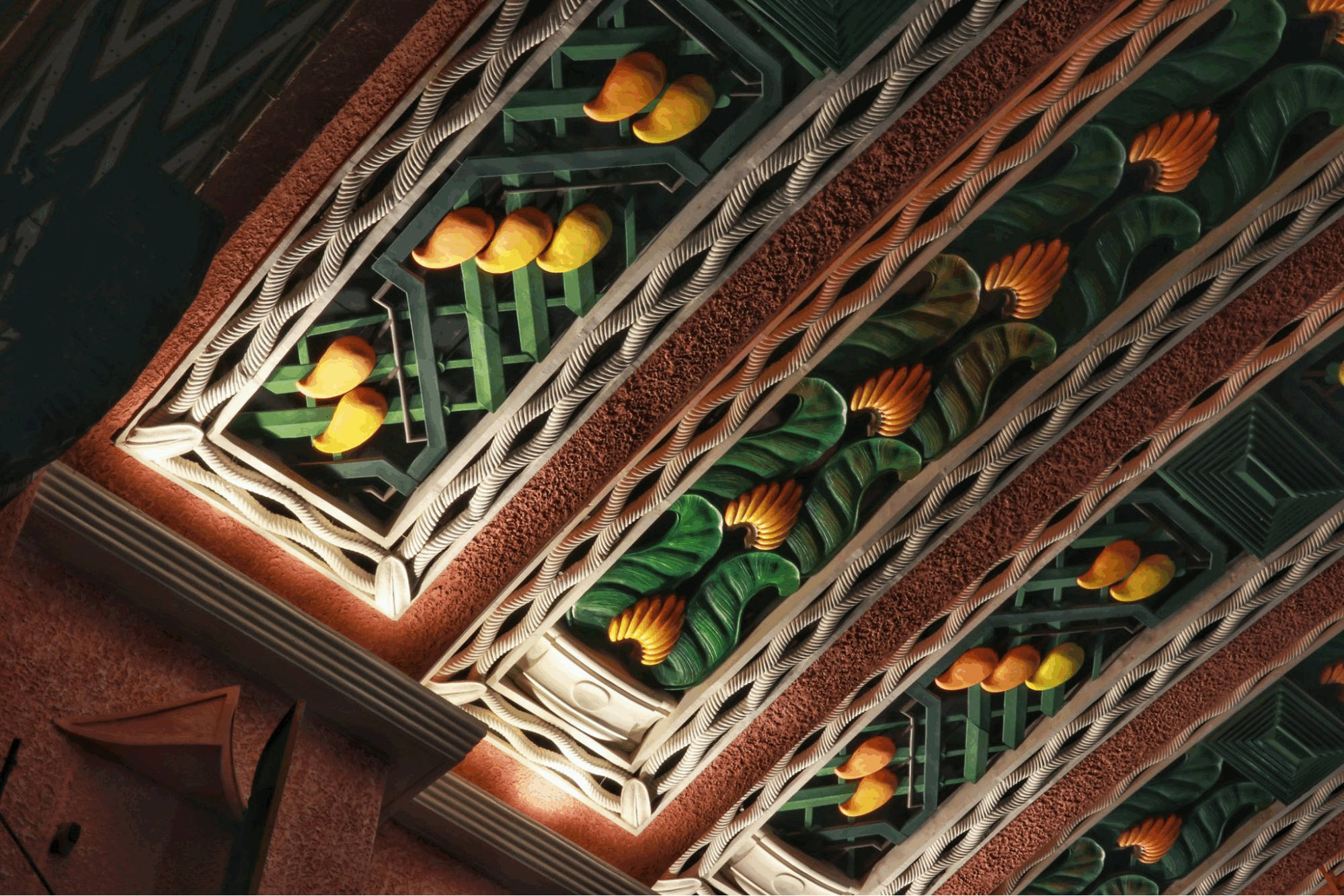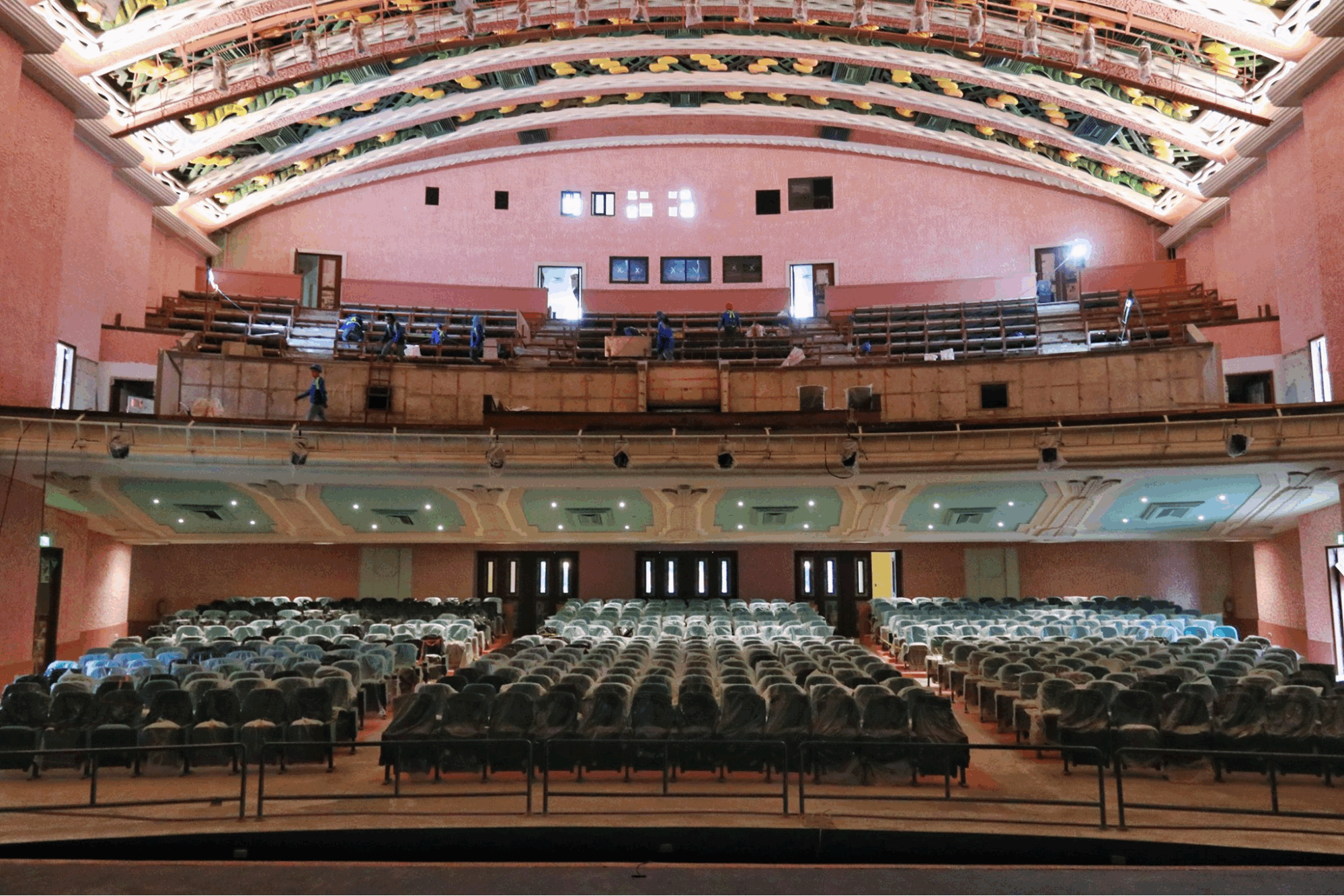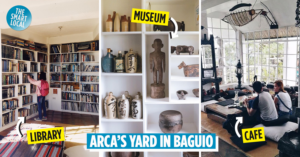Manila Metropolitan Theater facts
For years, the Manila Metropolitan Theater (MET) has been a sight of decay after it was closed down in 1996. But through the efforts of the National Commission for Culture and the Arts (NCCA) and culture lovers in the country, we were greeted with news in January this year that the Grand Dame of Manila can finally, after 25 years, reclaim its throne.
The MET was originally set to reopen in April 2021 with an inaugural performance for the 500th anniversary of the Victory at Mactan on 27th April. Due to COVID-19-related delays, the restored building is now scheduled to reopen in December 2021.
But before we once again lay our eyes on the beautiful halls of the historic building, here are 10 Manila Metropolitan Theater facts you need to know.
1. It was one of Manila’s iconic landmarks during the city’s years as the “Paris of Asia”

Image credit: John Tewell
From the late 19th century until the beginning of World War II, Manila was at its peak, often called the “Paris of Asia.” A thriving hub of business and entertainment, and a popular destination for European migrants, Manila was lined with various architectural gems of the Art Deco architectural style, and of them is the Manila Metropolitan Theater.
The theater was the largest theater in the country back then. Its opening also saw the attendance of premier government leaders such as Senate President Manuel L. Quezon and Speaker of the House of Representatives Sergio Osmena, Sr..
2. Filipino architect Juan Arellano, who was also behind Manila’s Post Office Building and Jones Bridge, designed the theater

Image credit: Kahimyang Project, Arkitecturang Filipino Online/Wikimedia Commons
Opened to the public on December 10, 1931, the MET was designed by Filipino architect Juan Arellano. To prepare for the theater’s planning, he flew to the United States to study theater construction with Thomas W. Lamb, a US architect who was one of the most respected architects of theaters and cinemas in the 20th century.
 Jones Bridge in the 1930s
Jones Bridge in the 1930s
Image credit: John Tewell/Wikimedia Commons
Aside from the MET, Arellano was behind several of Manila’s iconic landmarks such as Manila’s Post Office Building and Jones Bridge. His works were not only crucial in constructing the city of Manila in the early 20th century, because he also helped develop Quezon City.
3. It was a survivor of World War II
 Image credit: John Tewell
Image credit: John Tewell
The Grand Dame of Manila, as the theater is often dubbed, stood nearly completely intact unlike most buildings in Manila, after the deadly Battle for the Liberation of Manila in World War II. The theater had been bombed, but fortunately, it only lost some portions of its roof.
Its survival indeed shows the strength of the building, considering that the Battle for the Liberation of Manila is one of the greatest tragedies of the second world war.
After the war, it was then restored, but the three decades that followed saw the theater being used as a boxing arena, motel, and even basketball courts, among others. A complete restoration of the theater began in 1978 during Marcos’s administration, but the theater closed down again in 1996.
4. Before being known for its pink color, it was originally painted in off-white

Image credit: METamorphosis
We have associated the historic gem with shades of light pink, but its original paint was actually off-white. Before being painted black, the theater’s pinnacles were originally in gold.

Image credit: National Commission for Culture and the Arts
Pre-war black and white photos show the theater as baby pink or cream in colorized postcards. But the earliest colored photos of the theater, according to Timothy Ong, one of the members of the MET rehabilitation team, actually show the theater in shades of white. The bubble gum pink color of the theater we’ve known in more recent years is from the restoration made during the Marcos administration.
5. It was the venue of the final showdown between Sharon Cuneta’s Dorina Pineda and Cherie Gil’s Lavinia Arguelles in Bituing Walang Ningning (1985)

Cherie Gil (left) and Sharon Cuneta (right) in Bituing Walang Ningning (1985)
Image adapted from: Jiselo Lama
While it has hosted vaudevilles, zarzuelas, plays, and operas, the theater has also been used as a venue for Filipino movie shoots. In fact, it was seen in the classic film Bituing Walang Ningning (1985), where Sharon Cuneta (Dorina Pineda) plays a fan turned rival of the famous singer Lavinia Arguilles (Cherie Gil).
In the final showdown in the film, the two sang the film’s theme song, also entitled Bituing Walang Ningning, on the Manila Metropolitan Theater’s stage.
Bituing Walang Ningning is also the same film that showed the two actresses enacting the iconic “copycat” scene. In the scene, Gil’s character is seen throwing water onto Dorina’s face after saying the now-famous line: “You’re nothing but a second-rate, trying-hard copycat!”
6. It introduced Disney’s Mickey Mouse to Filipinos

Mickey Mouse in Steamboat Willie (1928), one of the earliest films showcasing the iconic character
Image credit: Wikipedia
A witness to iconic moments not only in the local entertainment scene but also in the global one, the MET was considered modern when it was newly built, thanks to its projector that could show a wide range of films ranging from local to international.
Some of the first international productions shown on its screen include the first black and white Mickey Mouse clips by Disney.
7. World-renowned artists of the 20th century have graced its stage

The cast of opera Lucia de Lammermoor, who performed at the MET on 8 November 1933
Image credit: The Theater in Manila, 1846 – 1946
The MET was indeed Manila’s hub of grand performances, with international artists from actors to opera singers showing their talents here to Filipinos.
For example, international theater groups such as the San Carlo Opera Company graced the theater in the 1930s to introduce operas such as Lucia di Lammermoor.

Nelly Miricioiu with Filipino tenor Frankie Aseniero in 1984
Image credit: Pablo Tariman
Opera divas such as Montserrat Caballe from Spain and Nelly Miricioiu from Romania are also among the notable names who have sung in the theater.
Wowing the theater’s audience in 1979, Caballe was known for her light and shimmering voice. To younger folks, she’s best remembered for singing Barcelona (1987) with rockstar Freddie Mercury.
Known for her bel canto, an operatic style of lyrical singing characterized by vocal control, Miricioiu also serenaded Filipinos in 1984.
8. Boy Abunda was once among the theater’s staff

Boy Abunda (right) behind Nenita Barrios Manzano, successor of MET Executive Director Conchita Sunico, who was greeting opera star Nelly Miricioiu
Image credit: Pablo Tariman
Before he was a beloved TV host, Boy Abunda had his humble beginnings in the Philippine showbiz industry when he became a staff member of the MET. He first became a member of the theater’s chorus, then got promoted to the role of assistant stage manager, and was in charge of taking care of costumes and managing actors on stage.
Soon, he found his way to the Public Relations team of MET Executive Director Conchita Sunico. In an article he wrote for ANC, he recalled how he was mesmerized by the theater: “I was mesmerized with the MET theater. Ang ganda-ganda sa loob. (It was really beautiful inside.)”
In the same article, he said how theater, in general, started his career. “The foundation of the many things I do in my life really started in theater. It was the pivot, without which I wouldn’t have achieved anything.”
9. It showcased Filipinos’ way of life through its decorative motifs
 Image credit: National Commission for Culture and the Arts
Image credit: National Commission for Culture and the Arts
The theater is truly deserving of its distinction as the Grand Dame of Manila, because even the little details of the building are designed to showcase Filipinos’ way of living.
The ceiling inside, for example, alludes to Filipinos’ rural farm life, as it is adorned with carvings of mangoes and bananas surrounded by woven basket patterns.
10. It was considered as the Philippines’ first “national theater”
 Image credit: National Commission for Culture and the Arts
Image credit: National Commission for Culture and the Arts
The MET is important to our nation for many reasons. When it opened, it was considered as the country’s first national theater.
In 1973, it was named as a National Historical Landmark, and in 2010, the National Museum of the Philippines declared it as a National Culture Treasure because it’s a unique, well-preserved art deco building of an outstanding size in Asia.
Facts about the Manila Metropolitan Theater
Aside from its grand architectural design, our theater has witnessed historic moments in the Philippine entertainment industry.
We look forward to its reopening in April, and we hope that after undergoing a series of restorations and closures, the theater will be in good hands for good this time.
Also check out:
- 10 things to do in Intramuros
- 10 Lea Salonga facts
- Locals reminisce about Manila’s historic Philam Life Building & Theater
Cover image adapted from: Corteco8/Wikipedia, National Commission for Culture and the Arts

Drop us your email so you won't miss the latest news.






